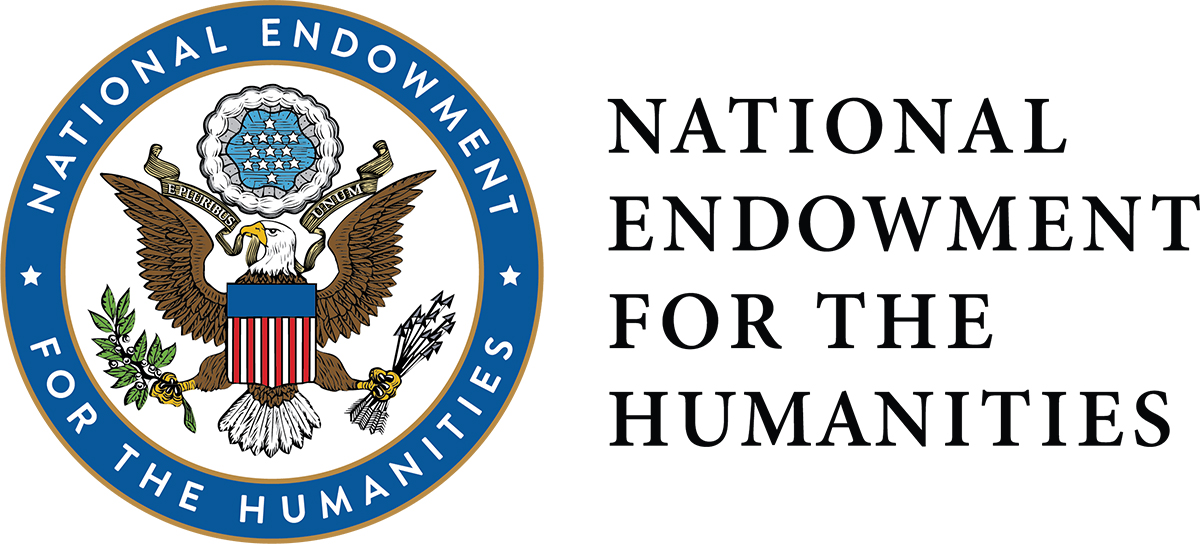FUNDING CUTS IMPACT CT HUMANITIES: Help CT Humanities navigate recent funding cuts and continue our vital work across Connecticut. All donations made to CTH will be matched dollar-for-dollar up to $50,000. Donate today!
News & Updates
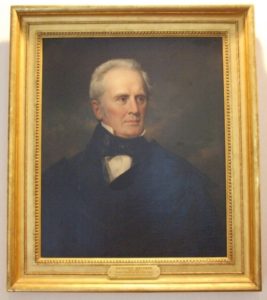
Benjamin Silliman and the Collection That Inspired the Yale Peabody Museum
Benjamin Silliman published the first American study of a meteor—having acquired access to one that fell near the town of Weston.
Read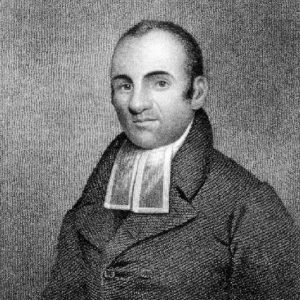
Lemuel Haynes: America’s First Black Ordained Minister
Lemuel Haynes was a father, husband, pastor, and patriot—he is widely considered to be the first Black man in America to be ordained by a Protestant church.
Read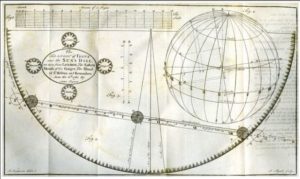
Transit of Venus: German Scientists Visit Hartford
In the 18th and 19th centuries, the transit was an important opportunity for scientists to calculate the distance between the earth and the sun—the basis for the astronomical unit.
Read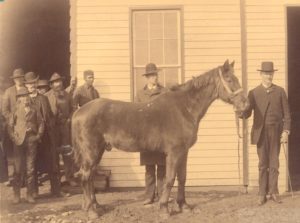
Little Sorrel, Connecticut’s Confederate War Horse
The horse Little Sorrel became one of the most famous residents of Somers, Connecticut, and a legendary figure of the Civil War.
Read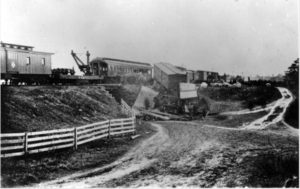
The Day Four Trains Collided in East Thompson
In 1891, Thompson, Connecticut, was the site of one of the most horrific railway accidents in American history.
Read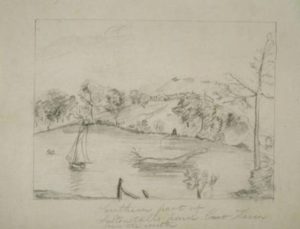
East Haven was Home to Connecticut’s First Iron Works
The roots of Connecticut’s iron industry lie in East Haven, starting in the 17th century.
Read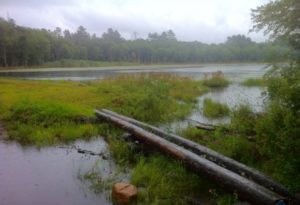
The Story of Connecticut’s Largest State Forest
Pachaug State Forest is the largest state forest in Connecticut and covers approximately 24,000 acres and crossing the borders of numerous towns.
Read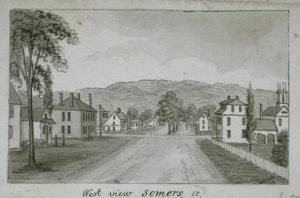
Somers School of the Prophets
The Reverend Charles Backus opened one of the more prodigious schools of the prophets in Somers, Connecticut.
Read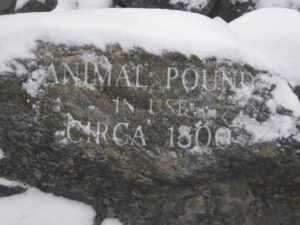
Goshen’s Animal Pound
Livestock were once a central feature and concern of daily life for Litchfield County residents.
Read
Peter Prudden: Milford’s First Minister
A pioneer preacher, a Puritan, and a scholar, Peter Prudden established the first European settlement that became the city of Milford.
Read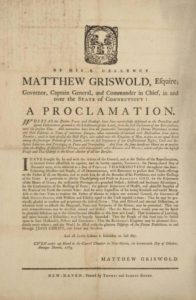
Governor Griswold’s Thanksgiving Proclamation
This broadside issued by Thomas and Samuel Green of New Haven announced the Proclamation of Governor Matthew Griswold naming Thursday the 24th of November, 1785, “a Day of Publick Thanksgiving.”
Read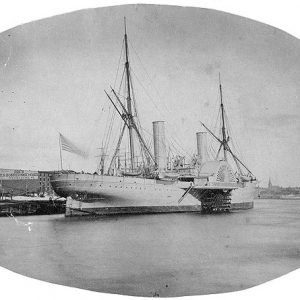
They Also Served: Chinese, Southeast Asians, and Hawaiians in the American Civil War
There were a substantial number of Chinese, Southeast Asian, and Pacific Islanders who fought in the Civil War—many of whom served in Connecticut regiments.
Read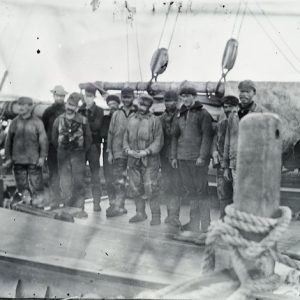
Africans in Search of the American Dream: Cape Verdean Whalers and Sealers
Cape Verdeans formed parts of whaling and sealing crews leaving Connecticut since the early 19th century, sometimes even rising to positions of authority.
Read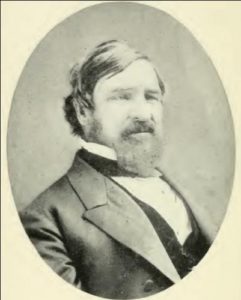
Nathaniel Palmer discovers Antarctica – Today in History: November 18
On November 18, 1820, Nathaniel Brown Palmer of Stonington, Connecticut, discovered the mainland of Antarctica, one of the seven continents.
Read
New London Harbors a German Submarine During World War I – Who Knew?
The German merchant submarine Deutschland made two trips to America, including one to New London, Connecticut, during World War I.
Read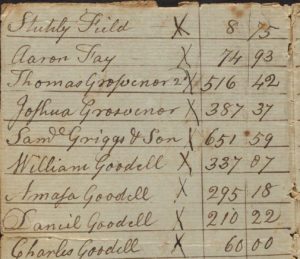
The Connecticut Poll Tax
The Connecticut poll tax lasted for almost 300 years and encompassed four different variants.
Read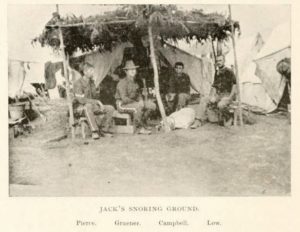
Jack Brutus, Connecticut War Dog – Who Knew?
Jack Brutus’s military status was unofficial, but he became the official mascot of Company K of the First Connecticut Volunteer Infantry during the Spanish-American War.
Read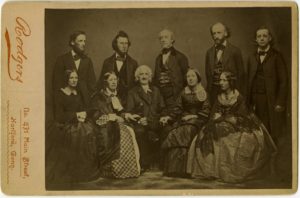
Scandal in the Beecher Family
An alleged affair between Elizabeth Tilton and Henry Ward Beecher became public in 1872 and inspired a series of lawsuits for libel.
Read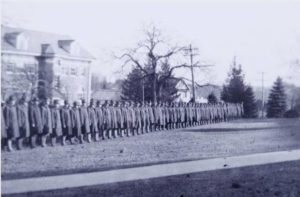
Connecticut Residents Did Not Let Veterans Day “Go Commercial.”
Despite passage of the federal Uniform Holiday Bill in 1968, Connecticut residents were largely reluctant to move Veterans Day observances from November 11.
Read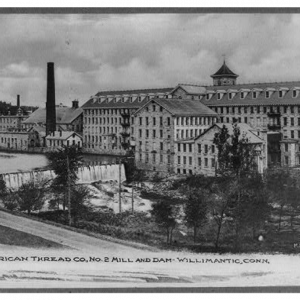
Willimantic’s American Thread Plant–A Multinational Corporate Takeover
American Thread’s arrival in Willimantic in 1899 demonstrates Connecticut’s role in the Progressive Era’s “rise of big business” and “incorporation of America.”
Read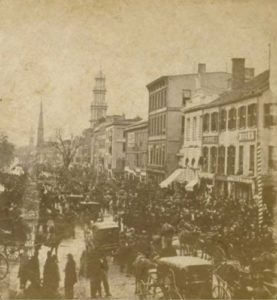
When Elections in Hartford Were a Piece of Cake
Unlike today, in the 18th and 19th centuries, Election Day met with great celebration.
Read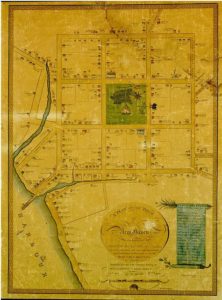
Why Was New Haven Divided into Nine Squares?
The layout of New Haven’s nine-square grid, though not the plan itself, is attributed to the original settlers’ surveyor, John Brockett.
Read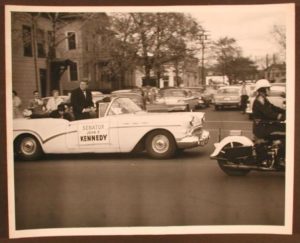
The Kennedys in Connecticut – Today in History: November 6
On November 6, 1960, forty-eight hours before the Presidential election, Senator John F. Kennedy of Massachusetts addressed a street rally in New Haven.
Read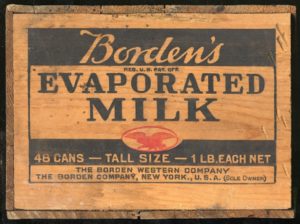
Evaporated Milk’s Connecticut Connection – Who Knew?
In, 1856 businessman Gail Borden Jr. opened the first commercial milk condensery at Wolcottville (now Torrington).
Read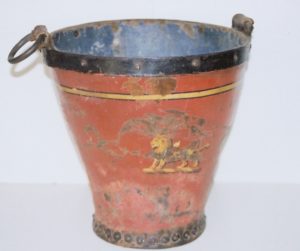
Firefighters Answer the Call in Greenwich
From neighbors rushing to help neighbors and the town’s first fire department, which opened in 1879, to the present day, the volunteer tradition of firefighting continues despite many changes over the decades.
Read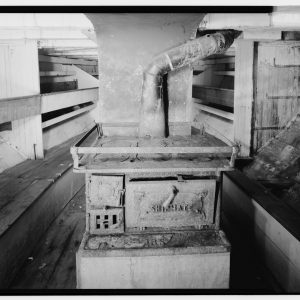
The Stamford Foundry Company Made Notable Stoves
When it ceased operations in the mid-1950s after over 120 years, The Stamford Foundry Company was the oldest known stove works in America.
Read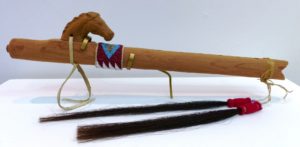
Connecticut Native American Arts
The remarkable resilience of Connecticut’s native cultures can be seen in the tribes’ social networks, political governance, commitment to educating others about native history, and their ongoing work to sustain their traditions.
Read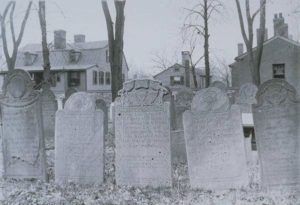
The Art of Burying the Dead: Exploring Connecticut’s Historic Cemeteries
From winged death’s heads to weeping willows, gravestone carvings in Connecticut’s historic cemeteries reflect changing attitudes toward mourning and memorialization.
Read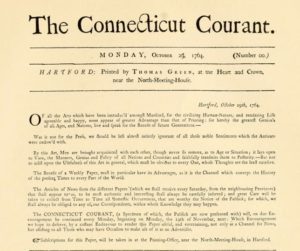
The Oldest Continuously Published Newspaper – Today in History: October 29
On October 29, 1764, New Haven printer Thomas Green established a weekly newspaper, the Connecticut Courant, in Hartford.
Read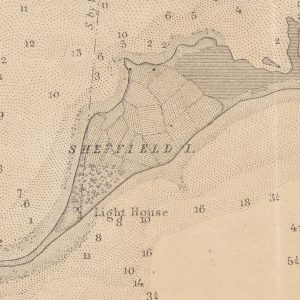
The “Welcoming Beacon” of Sheffield Island Lighthouse
Sheffield Island, is home to one of Connecticut’s historic lighthouses—a stone structure with a celebrated past dating back two hundred years.
Read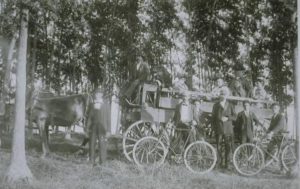
Connecticut’s Sleepy Hollow
Was Washington Irving’s famous schoolmaster, Ichabod Crane, modeled after a man who once called Milford home?
Read
Colonel Ruth A. Lucas: Literary Advocate
In 1968, Ruth A. Lucas became the first African American woman in the air force to attain the rank of colonel and advocated for literacy her whole career.
Read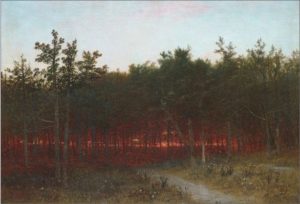
John Frederick Kensett Illuminates the 19th-Century Landscape
John Frederick Kensett was a landscape painter now identified with Luminism—a style of painting utilizing delicate brushstrokes to capture subtle natural light.
Read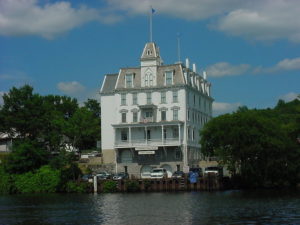
Goodspeed Opera House Opens – Today in History: October 24
On October 24, 1877, the Goodspeed Opera House on the Connecticut River in East Haddam officially opened to the public.
Read
Building a Nation Brick by Brick
Brick making was an important industry in Windsor even in its colonial days.
Read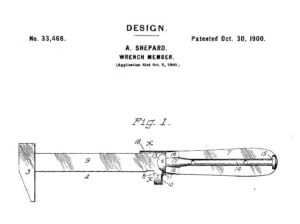
The “Perfect Handle” Hatchet – Who Knew?
In the early 1900s, H.D. Smith and Company of Plantsville began the manufacture of a line of “Perfect Handle” hand tools.
Read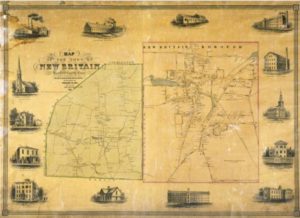
“A Noble and Precious Life”: Edgar M. Woodford, Civil Engineer, Abolitionist, and Soldier
This Avon-born man not only put his talents on the map, literally, he also went west to secure Kansas as a free state.
Read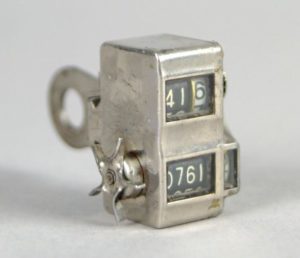
Yankee Ingenuity: Curtis Veeder, a Mechanical Genius and Shrewd Businessman
Curtis Veeder patented a bicycle seat he sold to the Pope Company, and later invented a cyclometer for measuring distances traveled by bicycles.
Read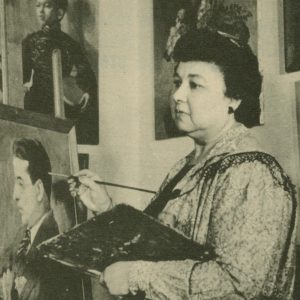
Laura Wheeler Waring: Renowned African American Portrait Artist and Educator
Born in Hartford, Laura Wheeler Waring was an eminent portrait artist of prominent African Americans of the Harlem Renaissance.
Read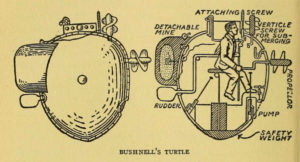
David Bushnell and his Revolutionary Submarine
How a farmer’s son became the Father of Submarine Warfare during the American Revolution.
Read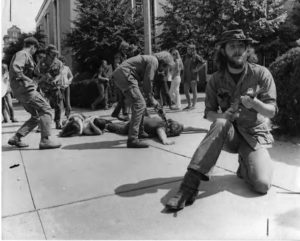
Vietnam Protests in Connecticut
Opposition to the war in Vietnam manifested itself in Connecticut in many of the same ways it did across the country.
Read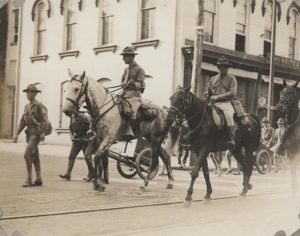
Gerald MacGuire and the Plot to Overthrow Franklin Roosevelt
Gerald MacGuire, a prominent Connecticut businessman, became deeply involved in a reported plot to overthrow the presidency of Franklin Roosevelt.
Read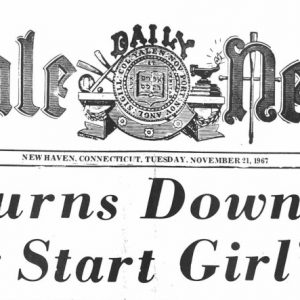
The Merger That Was Not Meant To Be: Yale University and Vassar College
Yale University’s failed merger with Vassar College—a women’s college in Poughkeepsie, New York—in the late-1960s gave Yale the final push into coeducation.
Read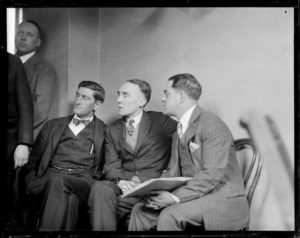
Gerald Chapman: America’s First “Public Enemy Number One”
On October 12, 1924, in New Britain, Connecticut, Gerald Chapman became America’s first “Public Enemy Number One.”
Read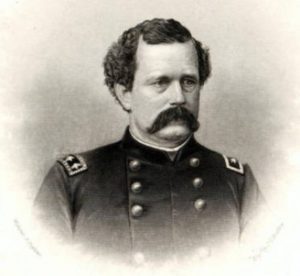
General Joseph R. Hawley Helps Commemorate Connecticut’s Civil War Soldiers
“Let monuments be raised in every town, let songs be sung and orations delivered,” urged this state politician and skilled speechmaker.
Read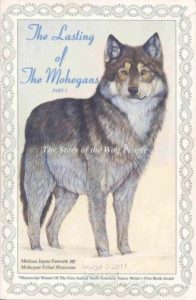
Mohegan Federal Recognition
“We are no longer the little old tribe that lives upon the hill. We are now the Nation that lives upon the hill.”
Read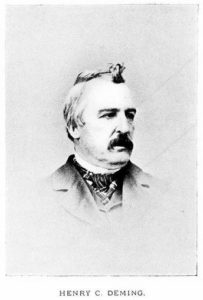
Henry Deming: Mayor of Hartford and New Orleans
Henry Deming served as mayor of Hartford and then as the provisional mayor of New Orleans during the Civil War before writing a biography of Ulysses S. Grant.
Read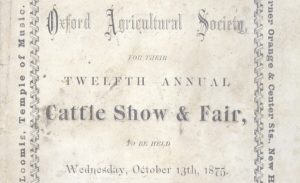
Establishing Roots in Oxford
The arrival of sawmills, gristmills, and wool manufacturing enterprises prospered in the newly incorporated town of Oxford in the early 19th century.
Read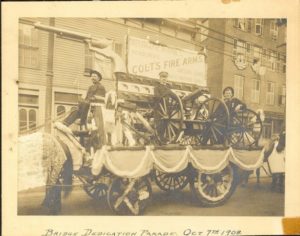
Hartford’s Industrial Day – Today in History: October 7
Hartford celebrated the 1908 opening of the Bulkeley Bridge, which connected Hartford and East Hartford, with a three-day extravaganza.
Read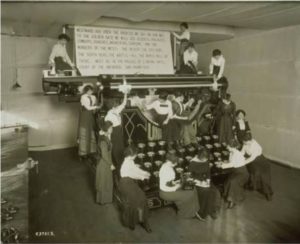
A Different “Type” of Connecticut Industry
In the middle of the 1800s, the invention of the typewriter revolutionized the way Americans communicated, including in Connecticut.
ReadMore Articles


